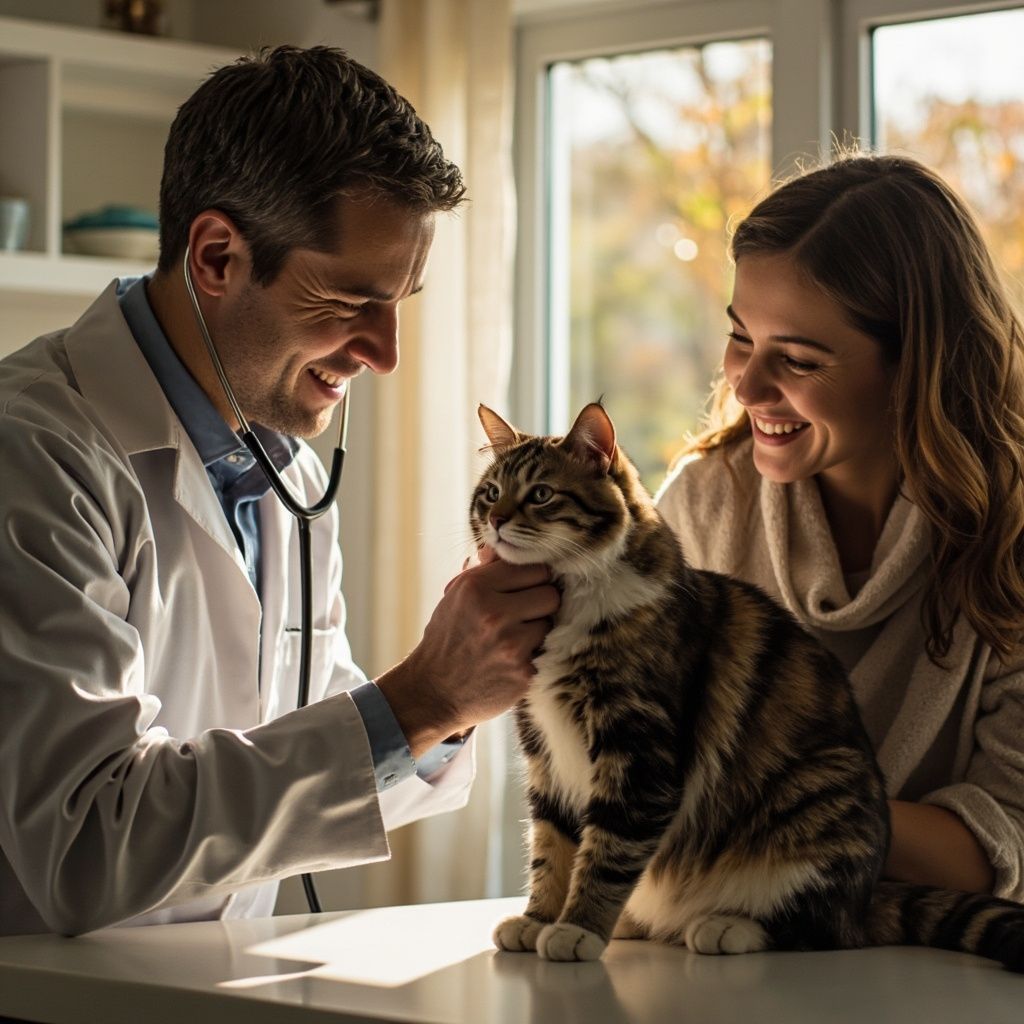Dog Exercise Tips: How to Hike With Your Hound
A favorite activity among outdoor enthusiasts is hiking, and for those who own a dog, it’s an even greater adventure when your four-legged sidekick comes along for the fun. Regardless of the season – whether flowers are blooming or leaves are falling – hiking is great exercise and a wonderful bonding opportunity for you and your pup. However, as with all adventures involving a pet, safety is essential to ensure it’s a positive experience. Let’s explore the top tips for hiking with your dog, and make it an activity you’ll want to repeat time and time again.
No Dogs Allowed
While it’s hard to imagine a spot that isn’t accepting of your cherished dog, you can’t assume that every hiking trail is dog-friendly. Do your homework and check the rules for your destination before leaving home, as bringing your dog to a trail that doesn’t allow them can result in a fine or an irritated hiker. There’s always a justifiable reason for dog restrictions, whether it’s a safety concern such as cliffs or delicate ecosystems that dogs can further damage.
Hiking Etiquette
Once you’ve confirmed your dog is welcomed on the chosen trails, be prepared to follow posted rules and adhere to the National Parks B.A.R.K. rule regardless of your spot.
The B.A.R.K. rules for hiking with your dog include:
- B ag your dog’s waste
- A lways keep your dog on a leash
- R espect wildlife
- K now where you’re permitted to go
Safety First
Hitting the hiking trails with your dog is full of unknowns, especially if you’re visiting a route for the first time. You may encounter dangers such as cliffs, wildlife, poisonous berries and plants, and aggressive dogs. Be sure your dog is on a leash at all times, so you’re able to quickly pull them back from a dangerous situation. Be mindful of what they’re exploring and your immediate surroundings. Also, be sure your dog is wearing their ID tags before taking them on a hike, in case the worst happens, and they manage to get away from you in unknown territory. And as always, we highly encourage microchipping your dog in case those tags ever come off.
Keep Your Dog Hydrated
Dogs don’t sweat like humans, making it essential that you bring plenty of water for your dog. While panting is their primary way to stay cool, they’ll need water as well to avoid overheating. Ensuring they have adequate water will also keep them from drinking from puddles or streams, where they might pick up bacteria such as Leptospirosis , which can cause serious gastrointestinal distress as well as organ damage. The AVMA provides a handy list of disease prevention tips for outdoor enthusiasts taking their dog along.
Check for Ticks
During and after your hiking adventure, be sure to check your dog thoroughly for ticks. While your dog is hopefully protected with a tick preventative , nothing is guaranteed, and ticks can cause serious health complications for them and you. Know how to identify a tick and how to safely remove them before you invite your dog along for the fun.
Be Prepared
While you might not want to carry the extra weight, bringing your dog along for a hike means extra supplies. If you want your dog to enjoy the experience and get excited when they’re invited along for the next hike, be prepared.
Be sure you have the following when hiking with your dog:
- Water and a dog-friendly, portable water bowl
- Dog food if hiking through a mealtime
- Treats to reward good hiking behavior
- Pet first-aid kit
- Pet-safe insect repellent
- Dog booties in case the terrain gets rough or hot
While the first hiking adventure might prove to be a bit stressful as your dog acclimates to a new activity and unfamiliar terrain, making it a positive first experience ensures you’ll both want to repeat it. Hiking with your dog is a fantastic form of exercise and special bonding time unmatched by most other activities. Be prepared and follow hiking etiquette, and you might just discover a new shared hobby for you and your loyal companion. If you're seeking other hiking tips, dog exercise advice, or your canine companion is due for their next wellness visit , please don't hesitate to give us a call !
Recent Posts










